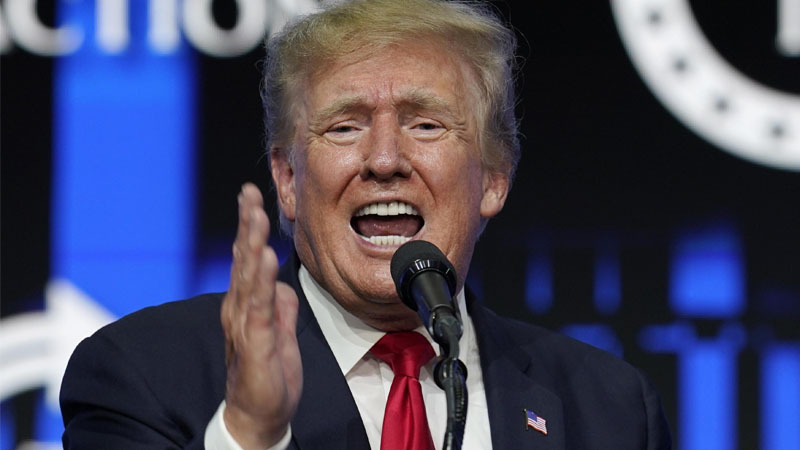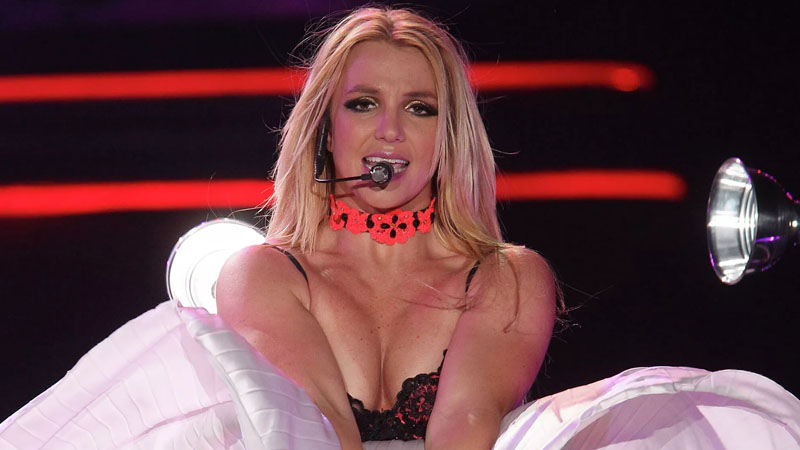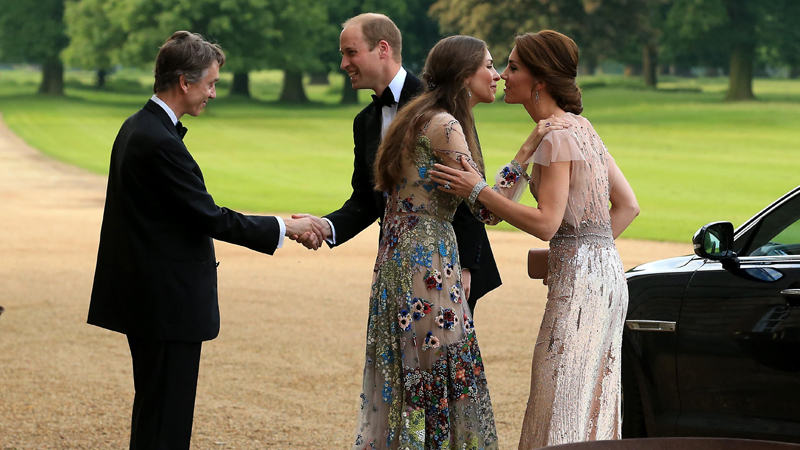Donald Trump Faces Growing Voter Discontent Among Women as 2024 Presidential Campaign Struggles

Image Source: The Times
Donald Trump’s bid for the presidency in 2024 is encountering significant obstacles that extend beyond his legal troubles. The former president’s approach to campaigning, characterized by highly charged rhetoric and frequent complaints about perceived persecution, is increasingly alienating the voters he needs most to secure a victory.
His contentious remarks about controversial issues such as the overturning of Roe v. Wade are particularly estranging a critical voter segment: suburban women. Trump’s electoral strategy and public statements have stirred considerable backlash among these voters, who play a pivotal role in swing states.
His bold assertion that he “killed” Roe v. Wade has deepened the divide, pushing away many who might have supported him under different circumstances. This rift is becoming more pronounced as Trump makes his third attempt to win the Oval Office, and his style of campaigning this time around seems to be doing more harm than good.
Recent polling data underscore the challenges Trump faces in attracting female voters. A January poll by Quinnipiac University highlighted a significant preference for Joe Biden over Trump among women, with 58 percent supporting Biden compared to 36 percent for Trump. This marked a deterioration from December figures, where the gap was somewhat narrower, with 53 percent for Biden and 41 percent for Trump.
The trend suggests a growing disfavor among women towards Trump as the election approaches. Political analysts are taking note of these developments. According to Kate Plummer of Newsweek, Trump’s ability to bridge the gender gap appears increasingly unlikely as he continues to push potential voters away with his rhetoric.
“In 2016, there was a myth that Trump won more votes from women than Clinton—he didn’t, around 42 percent of women voted for him. That figure remained almost the same in 2020, although the ex-president performed somewhat better among older, white and especially evangelical women,” he stated before concluding, “But Trump’s aggressive, macho and somewhat whiny style appears to be working even less well in attracting female voters outside this MAGA core this time.”
The sentiment is echoed by Heath Brown, an associate professor at the City University of New York, who observed that the gender gap between Republicans and Democrats is expected to widen further in the future. Brown’s analysis points to a broader issue within the Republican Party’s appeal to female voters, potentially influencing party strategies and campaign messages in upcoming elections.
This growing gender gap poses a formidable challenge for Trump’s campaign. Unless there is a significant shift in his approach and messaging, the former president may find it increasingly difficult to mobilize a sufficient base of support among women—a demographic that could very well decide the outcome of the 2024 presidential election. As the political landscape continues to evolve, Trump’s campaign will need to address these issues if he hopes to make a successful bid for the presidency once more.


